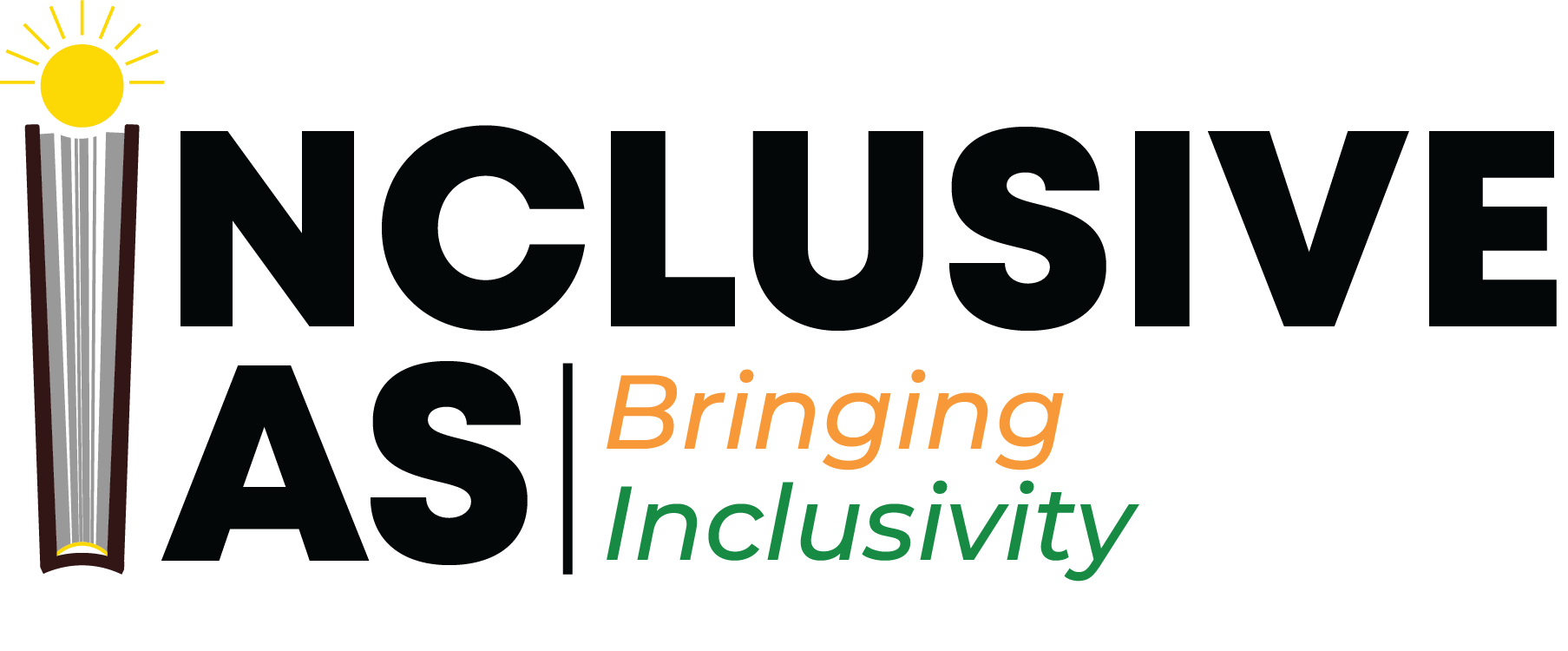At InclusiveIAS, we understand the significance of Science and Technology in the UPSC Prelims and the challenges students face in mastering this subject. To address these issues, we have launched Science Corner, a dedicated space where aspirants can access comprehensive and meticulously curated notes tailored specifically for Prelims. Our aim is to simplify complex topics, align content with the evolving exam trends, and empower aspirants with a strong foundation to tackle Science and Technology questions confidently.By bridging the gap between complexity and clarity, this initiative reflects our philosophy of making UPSC preparation inclusive, effective, and student-centric.
NexCAR19
- NexCAR19 is India’s first indigenously Made-in-India CAR-T therapy; borne from academia-industry partnership.
- NexCAR19-India’s first CAR-T cell therapy is developed through collaboration between the Indian Institute of Technology, Bombay and Tata Memorial Hospital in association with industry partner ImmunoACT.
- This therapy is designed to target cancer cells that carry the CD19 protein.
- This protein acts like a flag on cancer cells, which allows CAR-T cells to recognise and attach themselves to the cancer cells and start the process of elimination.
What is CAR-T cell Therapy ?
- Chimeric Antigen Receptor (CAR) T cell therapy is a treatment where a patient’s T cells are genetically engineered to target and destroy cancerous tumor cells. T cells, a type of white blood cell produced from stem cells in the bone marrow, play a crucial role in the immune system, protecting the body from infections.
How are CAR-T cells made?
- T-cells, a type of white blood cell, are collected from the patient through a process called leukapheresis. These T-cells are then genetically modified in the lab to express proteins known as chimeric antigen receptors (CARs) on their surface. The gene responsible for encoding the CAR is synthesized in the lab, and a vector is used to deliver the CAR gene into the patient’s T-cells. Viral vectors, like lentiviral vectors, are commonly used, as seen in NexCAR19. The modified T-cells are then multiplied in the lab and sent back to the hospital, where they are infused into the patient after undergoing chemotherapy.
- The CAR is composed of several parts that help it identify cancer cell antigens and trigger an immune response. The exterior part of the CAR spans across the cell membrane, with one segment extending outside the cell and another inside. The outside portion is made up of fragments of lab-generated antibodies selected for their ability to bind to the targeted antigen. The internal segment of the CAR consists of two components that transmit signals when the receptor interacts with the antigen, activating the immune response.
Risks of CAR-T Therapy
- The therapy comes with several side effects, the most common being cytokine release syndrome (CRS), which causes an inflammatory response and hyperactivity of the immune system.
- Neurotoxicity is another potential side effect
- Other anticipated side effects include infections and low blood cell counts.
To know more about CAR-T Therapy-Click Here

